
Friday, 7th March 2008
Brunei Gallery Lecture Theater
Jaina Art & Architecture
10th Jaina Studies Workshop at SOAS
North Bengal (Ancient Varendra): An Innovative Sub-Centre Of Jaina Sculptural Art
Part 1
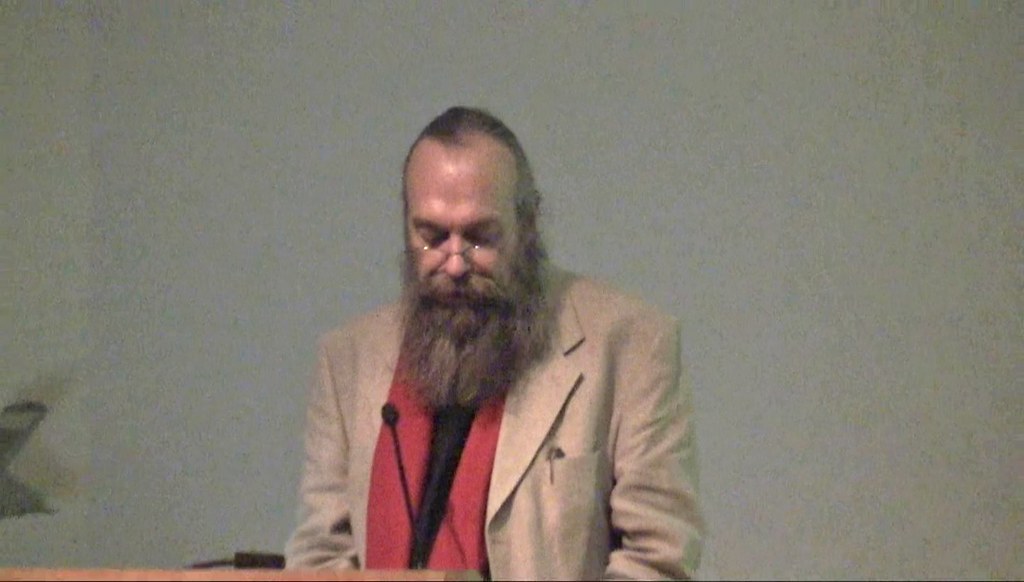 10th Jaina Studies Workshop at SOAS Lecture: "North Bengal (Ancient Varendra): An Innovative Sub-Centre Of Jaina Sculptural Art"
10th Jaina Studies Workshop at SOAS Lecture: "North Bengal (Ancient Varendra): An Innovative Sub-Centre Of Jaina Sculptural Art"
Dipl. Ing. Gerd J. R. Mevissen
Institut für indische Philologie und Kunstgeschichte, Freie Universität Berlin
As far as Jainism is concerned, North Bengal (ancient Varendra) can almost be regarded as a terra incognita. [01]Situated north of the river Gaṅgā and west of the Brahmaputra, ancient Varendra comprised the modern Rajshahi and Bogra districts and parts of Dinajpur and Rangpur districts in Bangladesh as well as the adjoining Malda, North and South Dinajpur districts in West Bengal, India. Although geographically quite close to the heartland of Jainism in Bihar where Mahāvīra preached the doctrine, no document referring to any kind of Jaina activity in North Bengal is known until the Gupta period.
 Lecture: "North Bengal (Ancient Varendra): An Innovative Sub-Centre Of Jaina Sculptural Art", Dipl.-Ing. Gerd Mevissen, Institut für indische Philologie und Kunstgeschichte, Freie Universität Berlin.
Lecture: "North Bengal (Ancient Varendra): An Innovative Sub-Centre Of Jaina Sculptural Art", Dipl.-Ing. Gerd Mevissen, Institut für indische Philologie und Kunstgeschichte, Freie Universität Berlin.
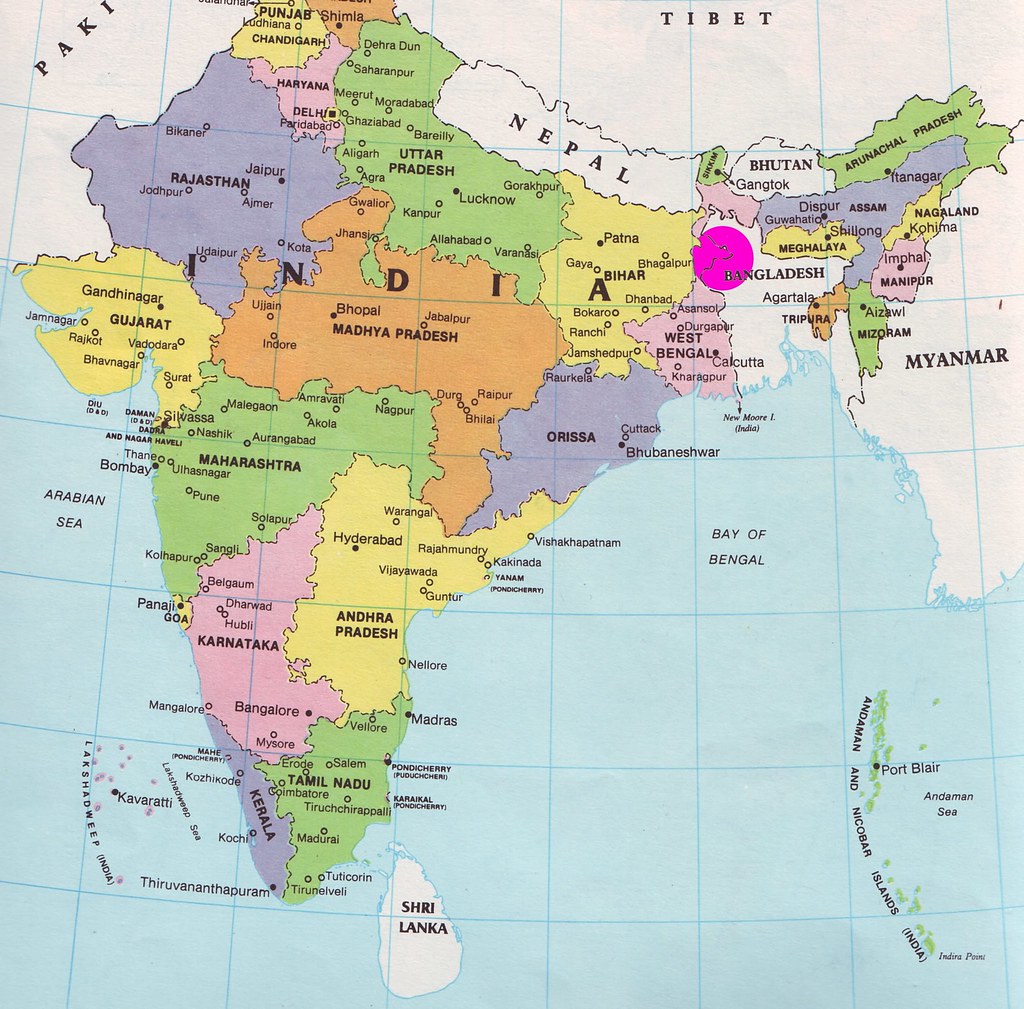 Lecture: "North Bengal (Ancient Varendra): An Innovative Sub-Centre Of Jaina Sculptural Art", Dipl.-Ing. Gerd Mevissen, Institut für indische Philologie und Kunstgeschichte, Freie Universität Berlin.
Lecture: "North Bengal (Ancient Varendra): An Innovative Sub-Centre Of Jaina Sculptural Art", Dipl.-Ing. Gerd Mevissen, Institut für indische Philologie und Kunstgeschichte, Freie Universität Berlin.
The situation changes in the Pāla period. A small but quite significant corpus of Jaina sculptures found in North Bengal suggests that between the 10th and 12th century there must have been a considerable wealthy Jaina community of Digambara followers responsible for commissioning such artefacts for veneration in temples or in monasteries. Though the number of sculptures is rather small - less than a dozen have surfaced so far - their iconographic features are quite distinct from the contemporaneous and more numerous Jaina sculptures produced further south and west, i.e. in Burdwan, Bankura and Purulia districts of West Bengal and the adjoining areas of Jharkhand, Bihar and Orissa, where Jainism seems to have been a dominant factor during this period. The few sculptures from North Bengal thus define the easternmost extension of Jaina influence and art production on the Indian subcontinent. [02]
 Rṣabhanātha, found at Surohar in North Dinajpur, West Bengal, and is now kept in the Rajshahi Museum, Bangladesh. The sculpture measures almost 1 m in height and dates from the 10th or 11th century. Lecture: "North Bengal (Ancient Varendra): An Innovative Sub-Centre Of Jaina Sculptural Art", Dipl.-Ing. Gerd Mevissen, Institut für indische Philologie und Kunstgeschichte, Freie Universität Berlin.
Rṣabhanātha, found at Surohar in North Dinajpur, West Bengal, and is now kept in the Rajshahi Museum, Bangladesh. The sculpture measures almost 1 m in height and dates from the 10th or 11th century. Lecture: "North Bengal (Ancient Varendra): An Innovative Sub-Centre Of Jaina Sculptural Art", Dipl.-Ing. Gerd Mevissen, Institut für indische Philologie und Kunstgeschichte, Freie Universität Berlin.
One of the earliest sculptures is a remarkable image of Ṛṣabhanātha [03]. It was found at Surohar in North Dinajpur, West Bengal, and is now kept in the Rajshahi Museum, Bangladesh. The sculpture measures almost 1 m in height and dates from the 10th or 11th century.

Shaped in the form of a miniature shrine, it depicts in the centre the 1st Tīrthaṅkara Ṛṣabhanātha, seated in padmāsana on a high throne. An 18-spoked cakra is carved in the pedestal, flanked by a pair of lions, just above Ṛṣabha's lāñchana, the bull. [04]

Ṛṣabha is shown in deep meditation with half-closed eyes [05]; the chest is damaged, palms and soles are marked with wheels, only faintly visible on the photograph. His hair is artistically arranged in a high jaṭāmukuṭa with two strands falling on each shoulder. Behind his head is a round prabhāmaṇḍalafringed with lotus petals. Further up is a triple umbrella from the top of which spring two branches of a tree framing the umbrellas. This motif is flanked by four pairs of hands, belonging to invisible figures in the sky, offering flowers and playing a drum and cymbals. Below, on either side of the nimbus, is shown a garland-bearing Vidyādhara couple floating in the air. The principal figure is flanked by two cāmara-bearing attendants, clothed and adorned like princes.
The most noteworthy feature of the image are the 23 seated miniature Jina figures surrounding the central one, all displaying dhyānamudrā[03]. None of them shows the śrīvatsamark on the chest, thus implying that also the principal figure was devoid of this mark, as usual for Jina images from Bengal. 21 Jinas are seated within niches of a five-fold temple structure terminating in five śikharas,while 2 Jinas occupy separate miniature shrines on either side at the bottom. The three verticalrathasabove the central figure are made to project a little forward, thus serving as a sort of canopy to the principal figure.
All but one of the 23 miniature Jinas are iconographically identical, differentiated only by their cihnas (lāñchanas)carved against the pedestals. Only the 23rd Tīrthaṅkara Pārśvanātha, who occupies the bottom niche to the right of the principal figure, is further distinguished by a seven-hooded snake-canopy. [04]

The 23 Jinas are regularly arranged in horizontal order. The sequence starts at the top left with the 2nd Tīrthaṅkara and ends at the bottom right with the 24th. Thus we see in the first row [06]Ajita with an elephant, Sambhava with a horse, and Abhinandana with a monkey; in the second row Sumati with a dog, Padmaprabha with a lotus, Supārśva with apadma-like wheel, Candraprabha with a crescent moon, and Puṣpadanta or Suvidhi with amakara. The third row shows Śītala with a diamond-shaped śrīvatsa, Śreyāṃsa with a rhenocerous, Vāsupūjya with a buffalo, Vimala with a boar, and Ananta with a bear. The fourth through seventh rows flank the principal Ṛṣabha [07]and show Dharma with avajraand Śānti with a deer; Kunthu with a goat and Ara with a fish; Malli with a water-pot and Munisuvrata with a tortoise; and Nami with an utpalaand Nemi with a conch. Finally, at the bottom we see two Jinas in separate miniature shrines: Pārśva with a snake and Mahāvīra with a lion.
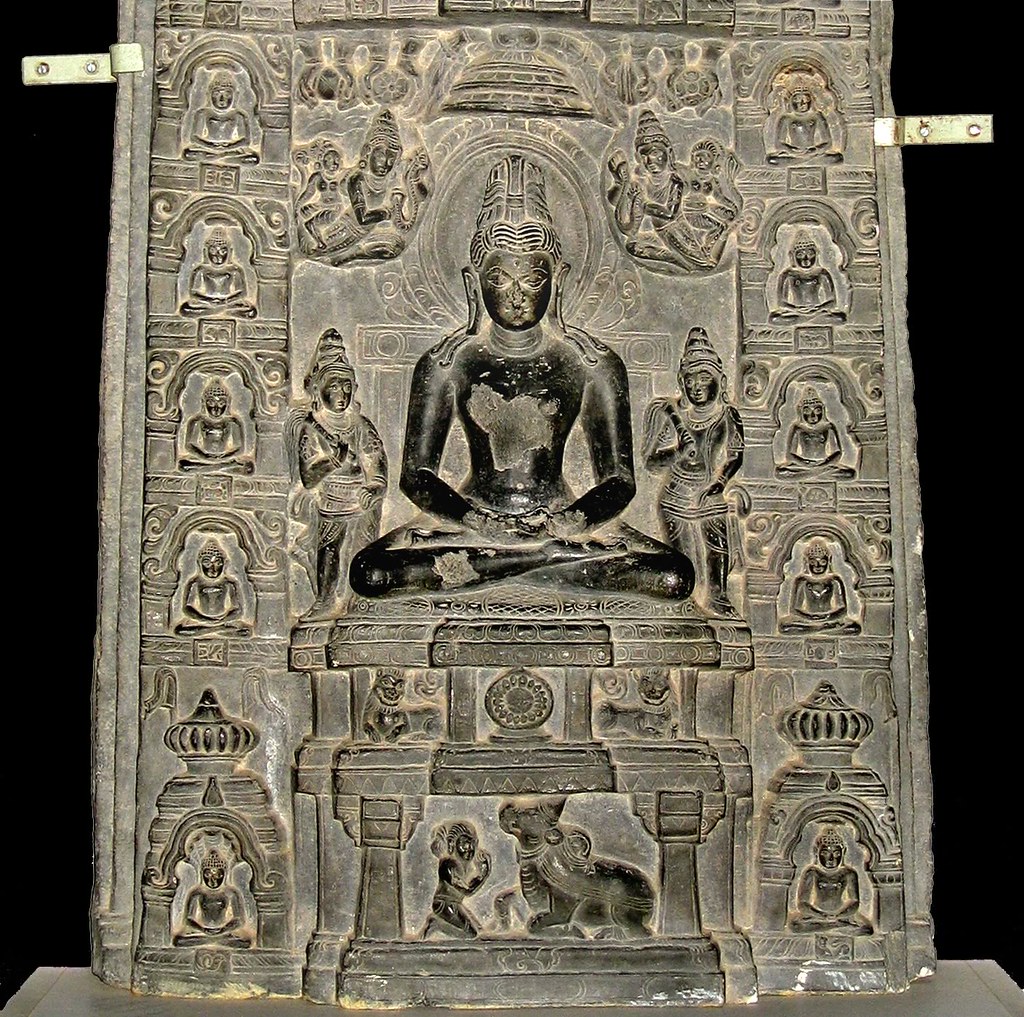
Though Ṛṣabha is the main subject of the sculpture, the representations of the other 23 Tīrthaṅkaras make it a caturviṃśatipaṭṭa. However, the special emphasis given to the two flanking Jinas at the bottom, who are shown within slightly larger niches crowned by complete shrine-roofs of their own, would also suggest an inherent trithīrtikapaṭṭa[08]consisting of Ṛṣabha flanked by Pārśva and Mahāvīra.

In the centre at the bottom a small male figure kneels in adoring pose in front Ṛṣabha's bull [09]. He is shown with long, well-arranged hair and a pointed beard and may be the donor of this extraordinary sculpture. If so, his prominent hairstyle perhaps indicates the special devotion to his favourite Jina, the hairy Ṛṣabhanātha.

This sculpture is unique not only in providing us with a well visible and complete set of the 24 cihnas, but its careful rendering of the architectural details gives us also an idea how a 10th-century temple in Bengal looked like, an important feature since not a single temple in the region of that period has come down to us.

Let us now have a look at another sculpture of Ṛṣabhanātha [10], perhaps slightly earlier than the previous one. It was found in a ruined Muslim dārgarhat Sadipurnear the ruins of Gaurand is now in the Malda Museum. The stone slab had an eventful live of its own, since at some time in the past it was captured by the Muslims, re-cut and its back re-used for engraving an Arabic inscription. Only an obliquely-shaped fragment of the original composition remains today, broken in two pieces.

Ṛṣabhanātha is seated on a double-petalled lotus placed on a high siṃhāsana[11]. He wears a jaṭāmukuṭawith two plaits of hair falling on each shoulder [12]. The head is backed by a circular halo having a thick border decorated with intermittent floral designs. Behind his head rises a shaft topped by an umbrella, of which only the outline is preserved as it has been chiselled off. It is probably only the lower part of a former triple umbrella, flanked by leafs and flowers.

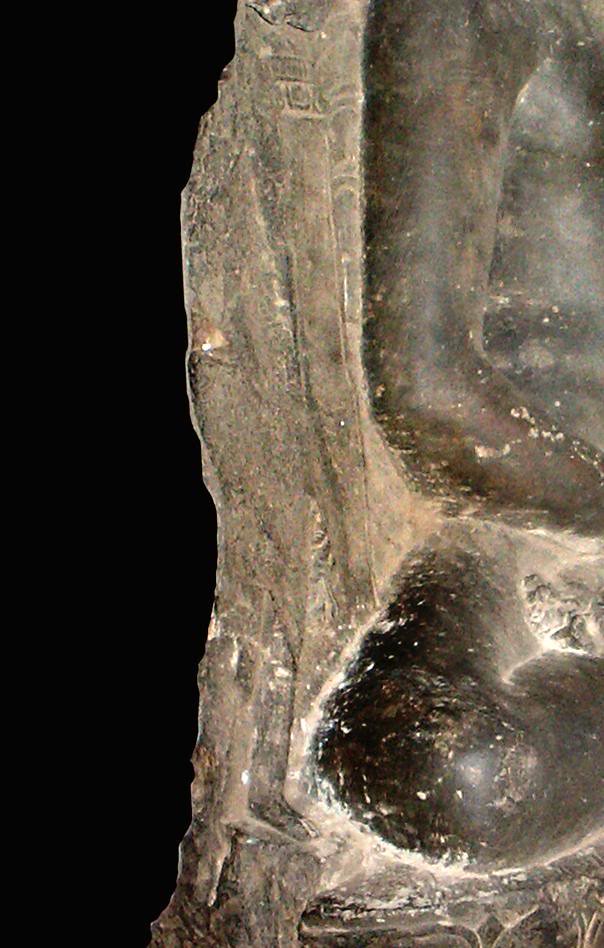
Due to the damaged condition nothing can be said about the motifs surrounding the Jina, except that he was certainly flanked by two standing attendants. There are faint remains of the outline of the attendant on the proper right, with only his left lower leg and foot being clearly visible [13]. The attendants' heads were apparently backed by haloes, as is suggested by a part of a halo preserved on the opposite side [14].


The throne is flanked by a pair of lions [15]. A four-armed effigy of Ṛṣabhanātha's śāsanadevatāCakreśvarī is carved against a piece of cloth falling down in front. Her figure is enclosed in a circular band resting on a separate pedestal, only partly preserved. The depiction of Cakreśvarī within a centrally placed wheel is peculiar to Jina images from Bengal; another example will be shown soon.

Whereas the two previous images were found in the western regions of ancient Varendra, we now proceed further east. This sculpture of Candraprabha [16]hails from Govindapurnear Dinajpur, now kept in the Bangladesh National Museum, Dhaka; it is 72 cm high and may date from the 11th century.

The nude image of the 8th Tīrthaṅkara Candraprabha stands in kāyotsargapose angainst an architectural throne-back on a high viśvapadma. The upper part of the slab with the head of the Jina is missing. He is accompanied on either side by an attendant [17]holding a cāmarain the right and a cylindrical attribute in their left hands. Along the rim of the slab are preserved 17 seated miniature Jina figures. It is impossible to determine whether the original number of the miniature Jinas was 23 or 24. All are completely identical except for the lowermost figure on the proper right, identifiable by a canopy of seven snake-hoods as Pārśvanātha. The distribution scheme thus resembles the one seen on the sculpture from Surohar.

Quite different, however, is the iconographic programme found in the socle. The centre shows a 12-armed goddess in rājalīlāsana[18]. Her lotus seat is supported by a crouching elephant flanked by two lions. A bearded priest-like figure is seated to her right; he holds ritual objects for worshipping the goddess. He may be the donor Cācadeva whose name is recorded in the inscription carved just above the figure. On the opposite side is a high padmapīṭhasupporting a crescent moon, the cognizance of Candraprabha, flanked by another seated two-armed figure.

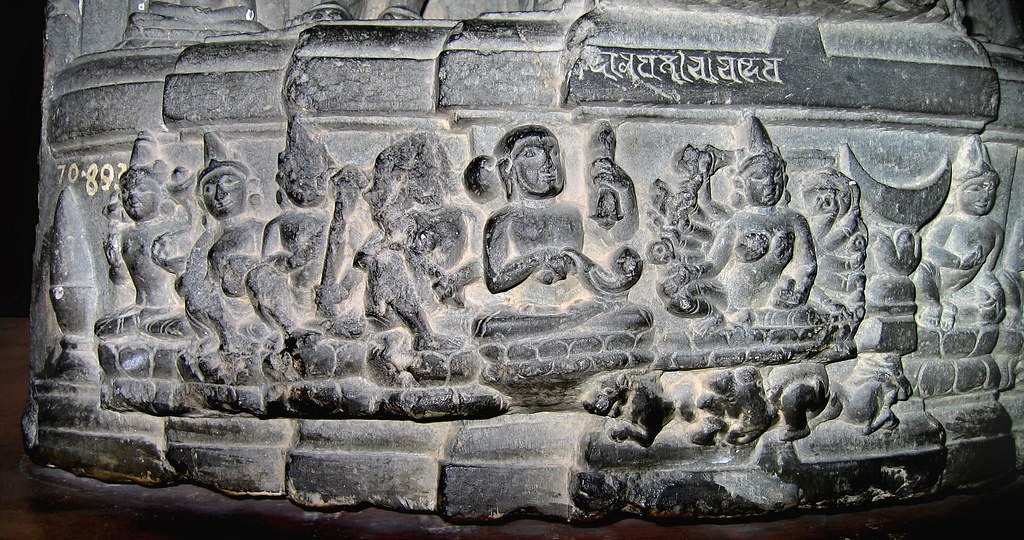
The latter belongs to the group of nine planetary deities or Navagrahas who populate the lateral sections of the socle [19]. Sūrya, Candra, Maṅgala and Budha are carved on the proper right side, Bṛhaspati near the elevated moon cihna, and Śukra, Śani, Rāhu and Ketu at the end of the sequence. All these figures are seated on high viśvapadmasand show individual iconographic features: [20]Sūrya, the Sun god, holds two lotuses; Candra, the Moon god, has a waterpot in his left hand; Maṅgala (Mars) holds a spear; Budha (Mercury) is severely damaged, but enough remains to recognize the arrow held across his chest and his characteristic fluttering hairstyle; [21]Bṛhaspati (Jupiter) and Śukra (Venus), the preceptors of the gods and the demons respectively, show the teaching gesture; Śani (Saturn), easily recognizable by his corpulence and crippled legs, holds his characteristic staff; Rāhu appears as a large, bearded face without a lower body, holding a crescent in his hands; and snake-hooded and a snake-tailed Ketu, the personification of comets, has a sword in his right and a fire-pit in his left hand. This individualized iconography of the Navagrahas is known from numerous sculptures from North Bengal, suggesting that the artist was well-acquainted with the contemporaneous sculptural traditions prevalent in the region. The placement in the socle of the image, however, is generally not found with Hindu sculptures. This feature is characteristic for Jaina images, not only from Bengal - two more such sculptures will be screened soon -, but also from Orissa, central, and western India. This position suggests that the world of the Jina is considered higher than the cosmic space in which the astral deities are located.

The Ṛṣabhanātha from Bheloa [22], 23 km north of Dinajpur and now in the Dinajpur Museum, is yet another example with unique features. The sculpture is about 1 m in height and may date from the 11th or 12th century.

The nude figure of Ṛṣabhanātha stands in rigid kāyotsargapose on a viśvapadma. His hair is arranged in regular strands with two locks falling on each shoulder. The throne-back behind his body is reduced to a horizontal bar from which rises a tri-foil arch of peculiar asymmetrical rendering. He is flanked by 24 miniature Jinas [23],12 on either side arranged in rows of three, all equipped with small triple umbrellas above their heads. One miniature Jina lacks the triple umbrella: The middle figure in the bottom register on the proper left is Pārśvanātha backed by a seven-hooded snake-canopy. The number of 24 miniature Jinas instead of the correct 23 is certainly due to reasons of symmetry, a feature frequently found on caturviṃśatipaṭṭasfrom Bengal.

Ṛṣabhanātha is accompanied by two cāmara-bearing attendants [24], standing in a graceful flexed pose. Form behind their lotus stands rise two more double-lotuses serving as seats for a small yakṣa/yakṣiṇipair, both four-armed, the yakṣion the proper left seated in padmāsana, the yakṣaon the opposite seated in rājalīlāsana.

The centre of the pedestal is marked with Ṛṣabha's bull cihna[25]. In the recess below, the eight-armed goddess Cakreśvarī appears within a circle backed by two pillars. She is shown riding on a winged figure of Garuḍa and flanked by a pair of lions, then by two human figures, both shown in animated poses as if dancing. These are again flanked by vividly depicted elephants and, in the extreme corner, by a worshipper, perhaps the donor of the sculpture.

- end of part 1 -
 Dipl.-Ing. Gerd Mevissen
Dipl.-Ing. Gerd Mevissen